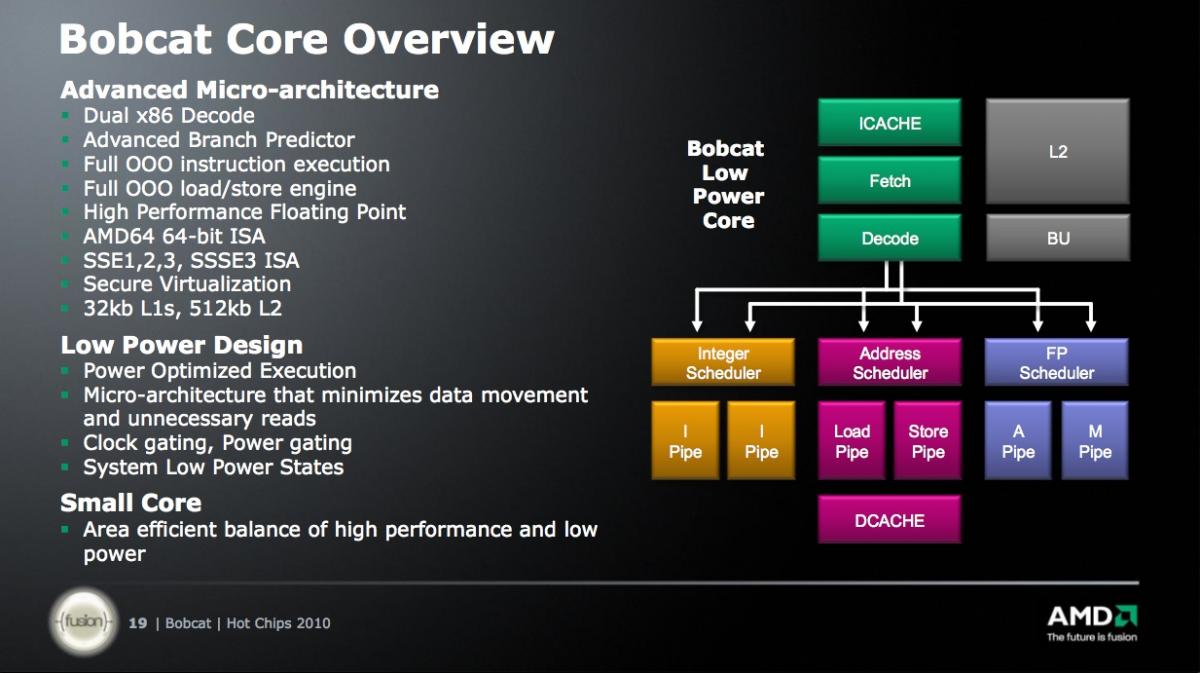

But such extension irregularity is no circuit designer's love to implement.
#AMD K10 SSSE3 SOFTWARE#
As can be seen in this example, the irregularity of SSE4.x also inherits from the poor design of SSE2.įrom software programmer's point of view, the irregularity really doesn't matter as long as the compiler can generate these opcodes automatically. Using 0Fh as an escape byte followed by a second byte, a number of two-byte opcode instructions were added by 80h, respectively.

One remaining opcode byte that was usefully unused turned out to be 0Fh had it been used, it would've had the meaning of POP CS, which was not there because it would create some interesting program flow control problems. The original 8086/8087 have one-byte opcode instructions (if we ignore the ModRM bits used for 8087 and a handful others such as bit rotations). The pinnacle question we're trying to answer here is whether the SSE5 from AMD is strictly an extension to Intel's SSE4, or in some sense a replacement for SSSE3 and SSE4.x (which none of AMD's current processors - including Barcelona and Phenom - supports)? More specifically we will look at how one can (or cannot) use SSE5 to accomplish the same tasks performed by SSSE3 and SSE4.x. In this part we will compare Intel's SSSE3 and SSE4.x with AMD's SSE5.


 0 kommentar(er)
0 kommentar(er)
